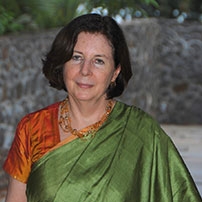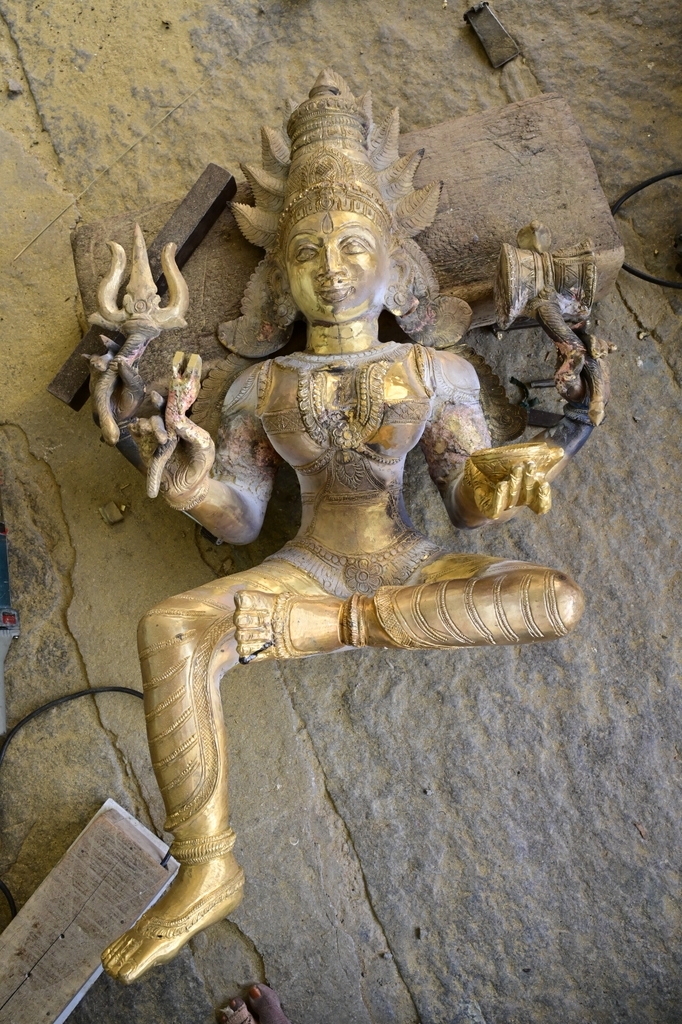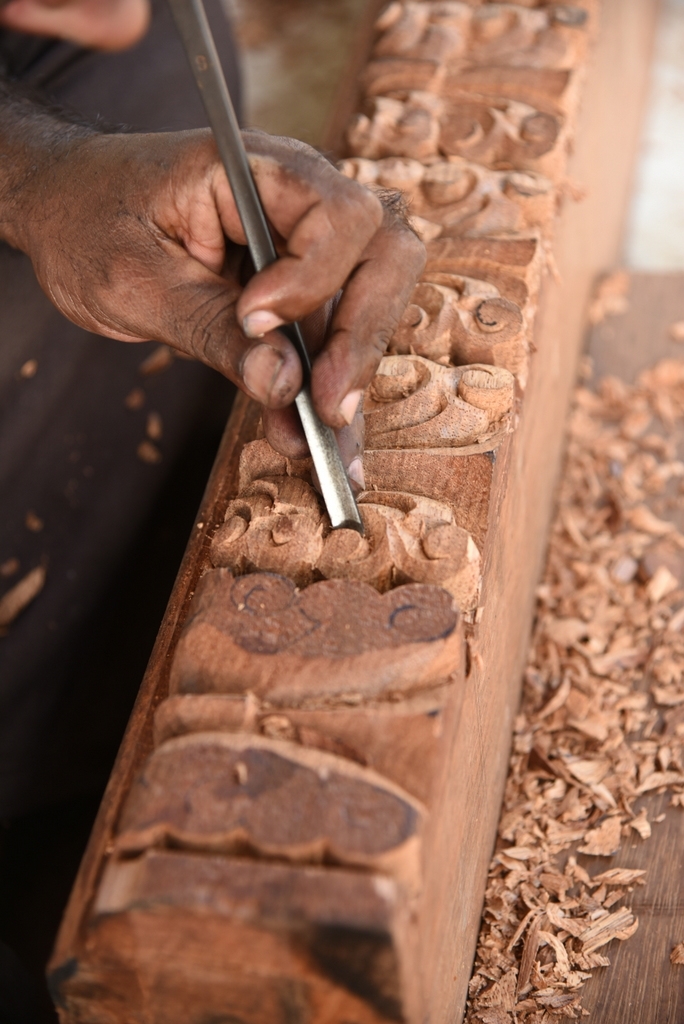Craft in South India: A Legacy at the Crossroads
11 February 2025
Words By Dr Deborah Thiagarajan . Photography by Rekha Vijayashankar, Dakshina Chitra

Indian crafts and their makers are at a turning point in history. Are their skills and talents still relevant in this digitised 21st century? This is the question many of their sons and daughters are asking, as the future of crafts in India largely depends on them. This article explores that question for the crafts of South India.
South India is rich in crafts, and many of the craft traditions are religion-based or symbolic. Until recently, the older generation of craftsmen working on religious crafts, whether a god made in clay, bronze or wood, felt challenged to do his best because he was doing it for his God. It was this attitude that has given us fine craft up to the present.
Religious fervour in the viewer also alters the lens through which religious art is viewed.
Do the viewers revere the beauty of the bronze icons of their Gods? Do they stand in awe in front of the elaborate hand-carved chariot which pulls these gods through the streets around the temple? When they pray at a temple, do they actually see and admire the beauty and intensity of the sculpted stone images adorning the temple niches? Or do these images only give rise to an intense feeling of devotion which blinds the devotee to material beauty? Will this “ability to see” change with time? Unless it does, it will affect the quality of not only religious crafts but all crafts of the future.
Hindu temples are being built all over the world now. The stone images, the columns and decorative walls are manufactured primarily in Mamallapuram, Tamilnadu. The finishing touches are still given by hand, but much is being done by diamond-tipped machine tools, which are still controlled by the hand. This is keeping Stonecraft alive and will do so well in the future.
The same goes for the making of bronze idols, a trademark of craft (which I would rather call art), particularly of Tamilnadu. Bronze icons are also made for temples abroad and sold to temples and well-to-do individuals throughout India, usually, but not always, for the prayer room in the home.

Deborah Thiagarajan
Dr Deborah Thiagarajan is the President and Founder of Madras Craft Foundation/DakshinaChitra. Dr Thiagarajan is an Art Historian with a PhD in Ancient Indian History and Culture from Madras University, an MA in South Asian Regional Studies (University of Pennsylvania) and an MA in International and Development Education (University of Pittsburgh). She has conducted three years of anthropological research in villages in Western Tamil Nadu for the Tamil Nadu Nutrition Project and CARE. She served as Founder and Convenor of the Tamil Nadu Chapter of the Indian National Trust for Art and Cultural Heritage (INTACH) for fourteen years and is best known for founding, conceptualising, strategising, and implementing the iconic DakshinaChitra Museum and its parent body, the Madras Craft Foundation.

Rekha VijayaShankar
Rekha Vijayashankar, a Chennai-based photographer with roots in Peraiyur, has spent over 18 years capturing folk performances, temple festivals, architecture, and contemporary art. Her journey began at DakshinaChitra, where she worked as an assistant librarian before transitioning into photography, encouraged by mentors and peers. Her work has been exhibited at Lalit Kala Academy, Dakshina Chitra, and internationally, including a travelling Goethe Institut exhibition. She was a recipient of the Chennai Photo Biennale’s Kanavu fellowship and was selected from 1,000 entries for Art Chennai’s 2012 competition. Currently, she is involved in McGill University’s archival project, documenting sites painted by the Gwllim sisters in the early 1800s for exhibitions at DakshinaChitra and online.
Comments (0)






